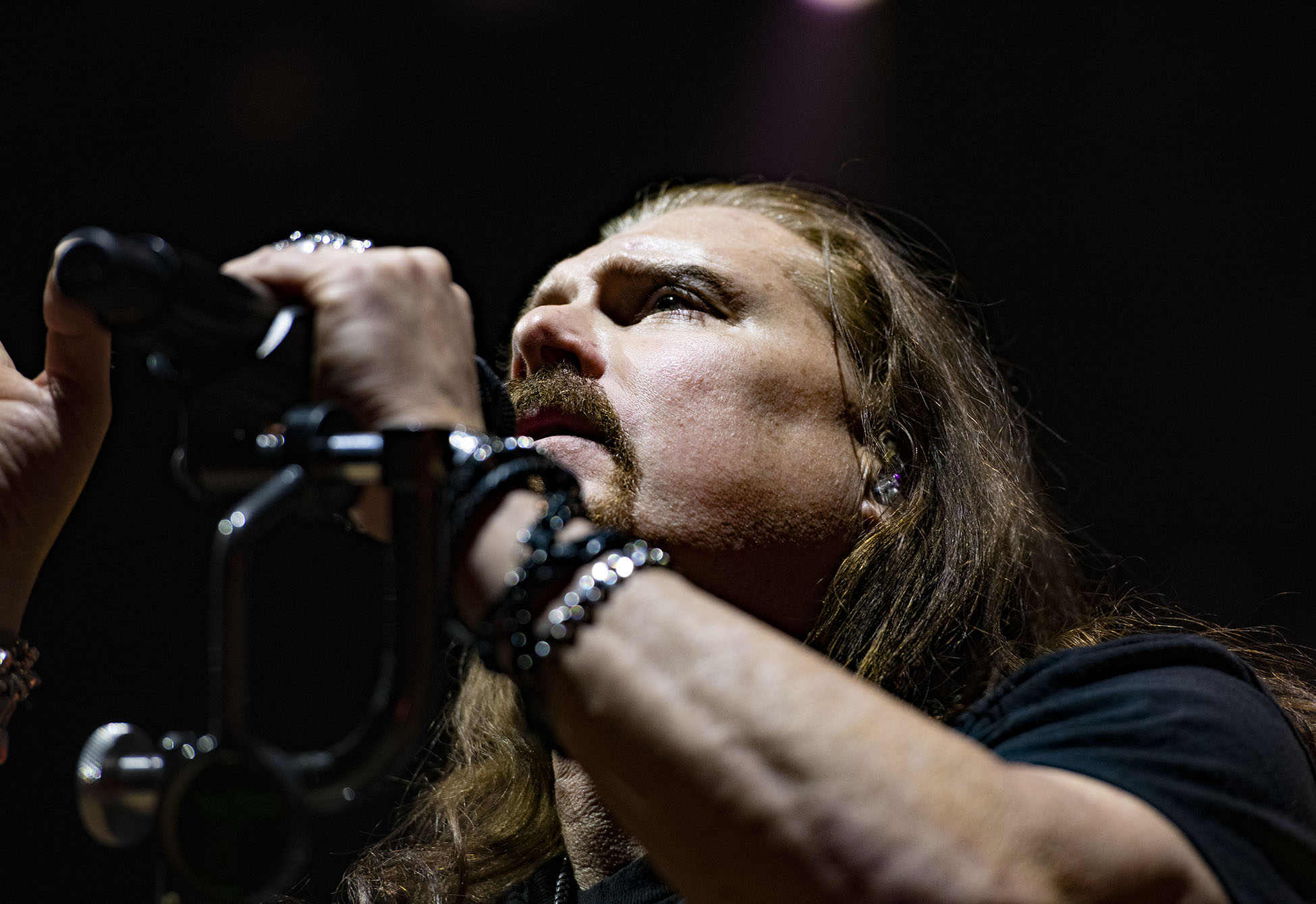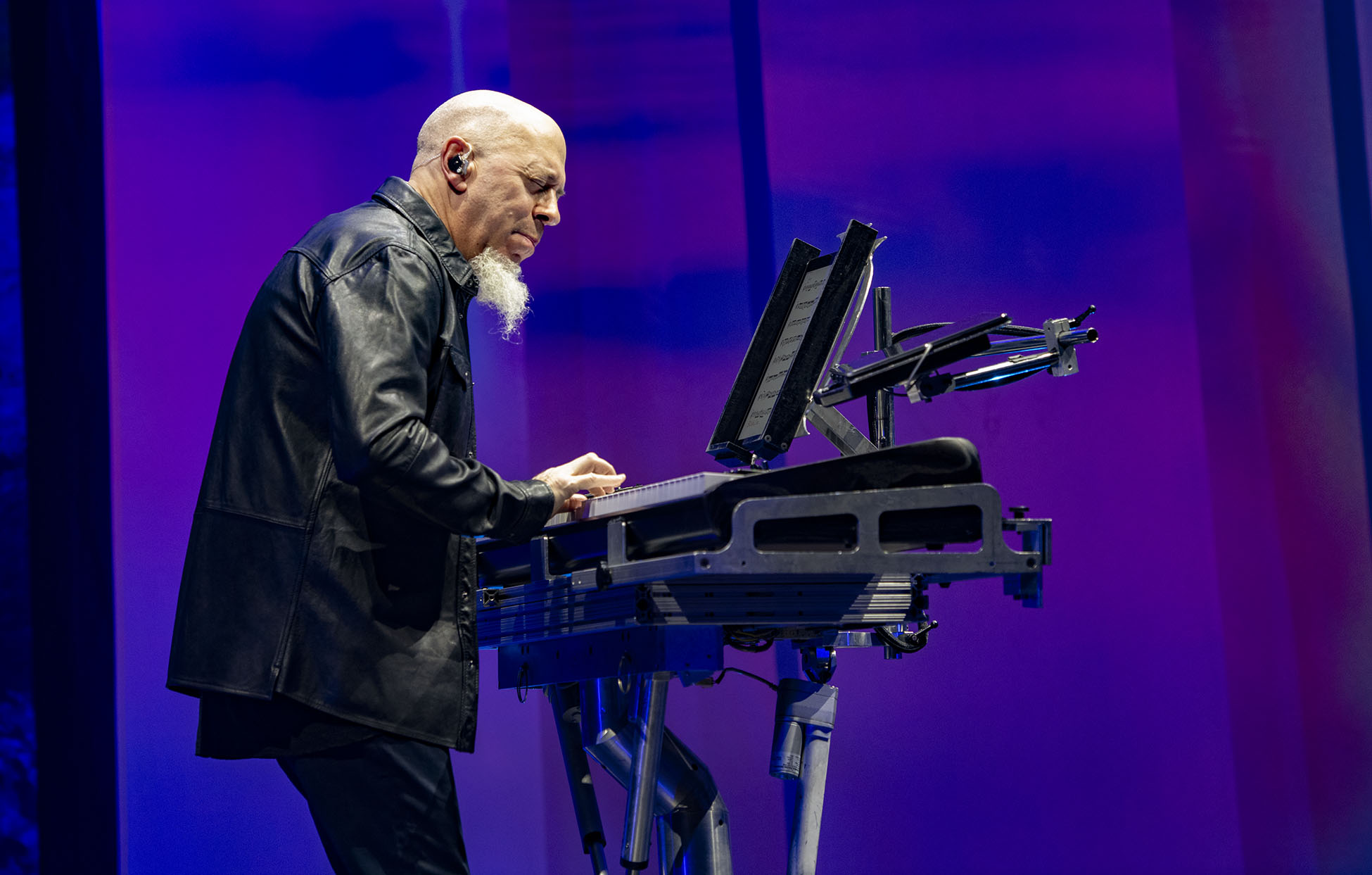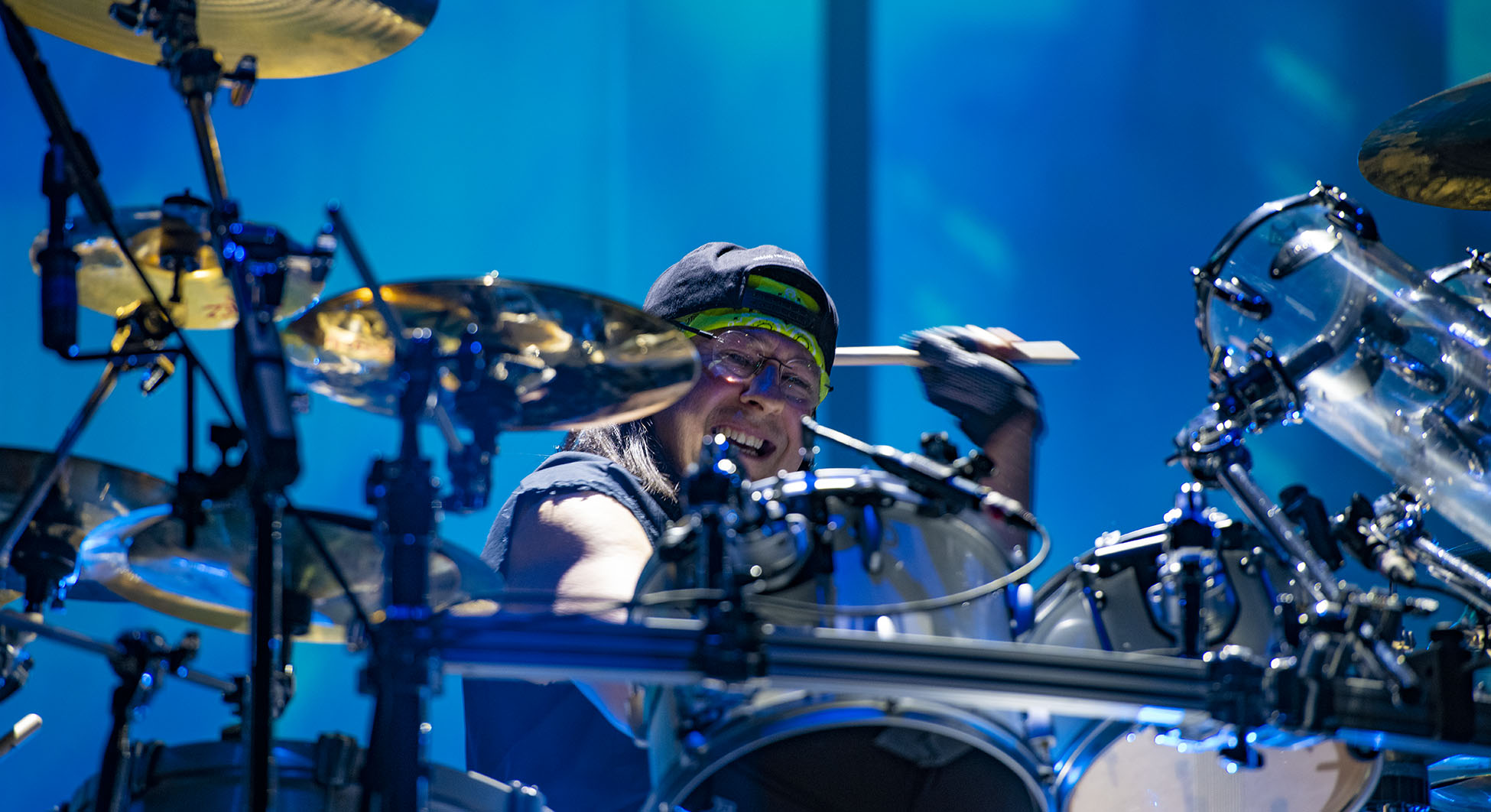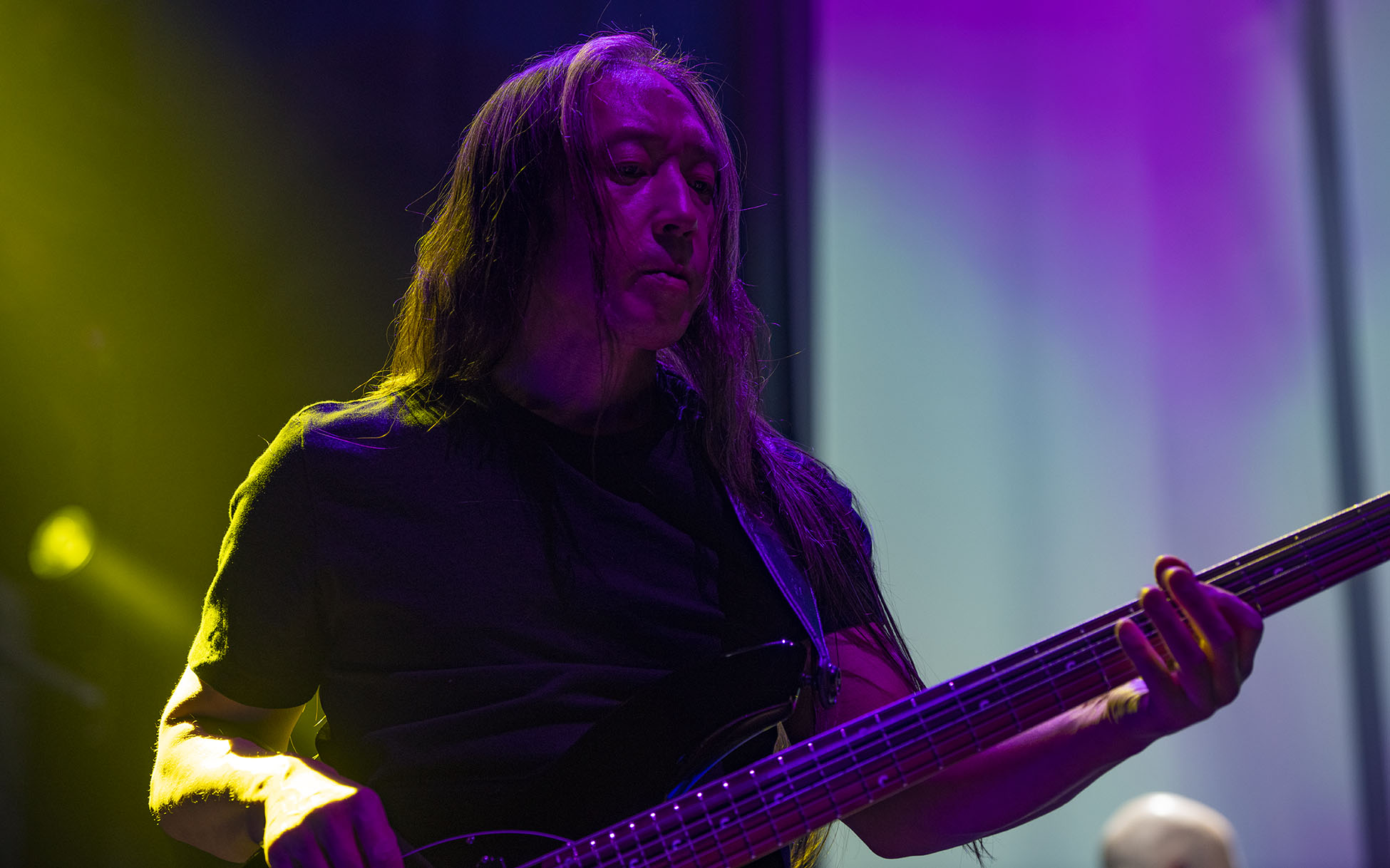Dream Theater – Today’s Pinnacle of Progressive Metal

Just before the pandemic, I had the honor of interviewing Jordan Rudess, the virtuoso keyboard player for the progressive metal band Dream Theater. Today, after several pandemic-related fits and starts, I finally got to see the band in concert.
Dream Theater creates music that is a unique combination of musical genres. You can certainly hear the progressive influences on the band – like Yes and Rush – but married with wonderful distortion and their trademark high-speed riffs. What really stands out, especially live, is their musicianship. Every band member is top-notch as evidenced by their flawless, precision execution of their complex themes and time signatures.
It’s one thing to hear what Dream Theater can produce in the studio under “ideal” conditions, including the flexibility to re-record as needed, but in concert there is no safety net. And this is where the band really shines.
It’s quite mind boggling to watch John Petrucci and Jordan Rudess trade these very fast, complicated riffs that are not only note perfect, but also perfectly in time. Oh, and not to mention, Mike Mancini’s drum parts never losing a beat even with the most demanding time changes. Mike’s drumming reminds me of Neil Peart, the Rock and Roll Hall of Fame drummer from Rush – precise and vastly creative. Even with the complicated music, Mike makes sure he drives home the beat which is evident when looking at collective bobbing of the heads in the audience.




A Real Crowd Pleaser
Speaking of the audience, from the moment Dream Theater took the stage everyone was standing on their feet until the end of the encore. It’s quite fun to turn towards the audience and watch them bounce en masse. Even more impressive was that they were all in time. Not an easy feat when you consider Dream Theater seamlessly shifts from 4/4 to 7/8 and even 13/16 within a single song.
While watching the band, I was reflecting on Jordan Rudess’s comments on how they approach song writing together. How John Pertrucci will turn to Jordan and say “How about some of that Genesis vibe now.” I was wondering how in the world do they remember each passage during the writing process and the transitions between them – or, better yet, how do they decide on the best transition at all. These aren’t the straight-forward songs of the early Beatles.
But this is what fascinates us about the song creation process. Every song writer seems to have their own, unique approach. Where does the inspiration come from and how does it manifest itself as a melody or chord progression?
Seeing some of the world’s best musicians apply their craft live is not only an immensely satisfying experience, but can often be a strong emotional experience as well.
Excellent Lighting and Sound
Dream Theater’s technical excellence extends to the sound and light show. Projectors wrap the stage with immersive imagery, and the lighting complements the scene-scapes. Strobe effects are used to enhance the driving passages.
But, for me, it was the snap of the snare drum, the vibration of the kick drum inside my chest, and a mix that allowed you to distinctly hear either the lead guitar, the keyboards, or the vocals. Even with the volume turned WAY up, it was enjoyable to listen to the band.
I commend Dream Theater on this choice. Some metal bands simply turn everything up to engulf the audience, but then the music becomes muddled and, in my opinion, not as interesting. I personally love to hear a riff and then seek out who is playing it so I can enjoy the dual experience of seeing and hearing it at the same time.
I am certainly looking forward to seeing Dream Theater in concert again in the future.






These are all fantastic Elliot! Excellent job!
Thank you Shirley!